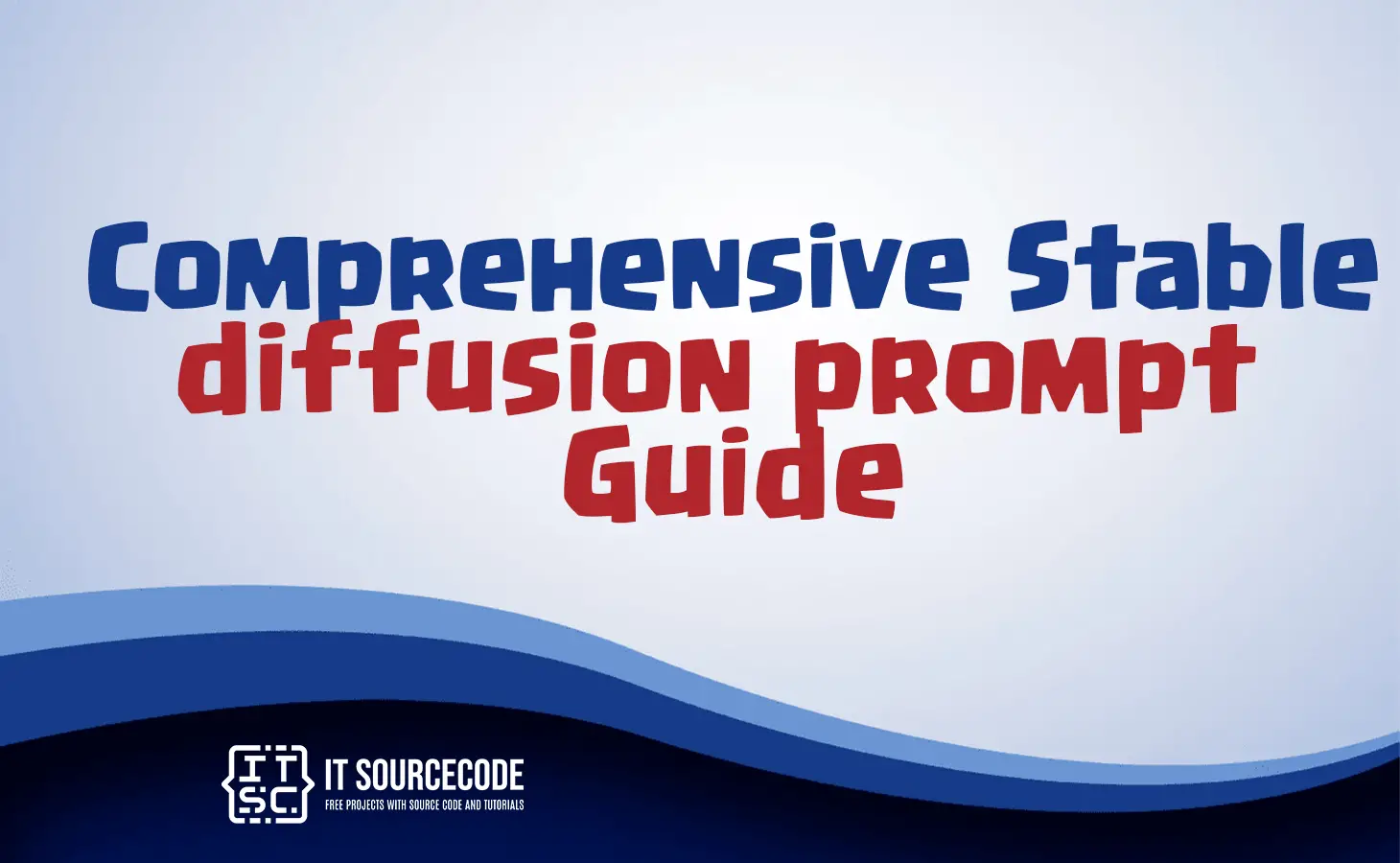COMPREHENSIVE STABLE DIFFUSION PROMPT GUIDE – Welcome to the world of Stable Diffusion, a groundbreaking AI technology that possesses the extraordinary ability to transform mere text prompts into breathtaking visual masterpieces.
Let’s embark on an exploration that will forever change the way you perceive

What is Stable diffusion?
The Stable Diffusion AI generator functions as a free, open-source tool for converting text into images. It efficiently produces stunning graphics by utilizing images from the LAION-5B dataset, and it is a collaborative effort involving CompVis, Stability Al, and RunwayML.
To obtain the desired outcomes when generating AI images, it is essential to grasp the significance of using effective prompts.
As different AI art generator websites can yield diverse results, experimentation might be required to achieve the desired output.
Importance of Stable diffusion
Stable diffusion AI demonstrates remarkable effectiveness and efficiency in image recognition.
It outperforms other AI algorithms by precisely identifying objects in images and showcasing exceptional speed in processing image data.
How to use Stable diffusion prompt?
Stable diffusion prompts serve as guidelines to effortlessly create pixel art, even for individuals without artistic skills or experience.
To utilize a stable diffusion prompt, follow these steps:
- Choose a prompt, from the existing options or you can create your own using the prompt generator.
- Determine the grid’s size and color, with the certain prompts suggesting the specific choices for a much better outcomes.
- Position your dots, choosing their number and colors, and consider prompts that offer suggestions for improved results.
- Next is, implementing a stable diffusion process by moving the dots according to the rules until they form clusters and patterns. This can be accomplished manually or automated with a tool.
- Optionally, enhance the pixel art by adding details, either through drawing or using additional tools to refine the shapes and textures produced by the stable diffusion process.
How to create stable diffusion prompt?
In creating a stable diffusion prompt you should create a vivid images for the AI model that requires a delicate balance of clarity, conciseness, creativity, versatility, and inspiration.
By painting a clear and specific scene, we lay the foundation for accuracy and understanding. Concise language ensures a focused message, preventing confusion or loss of meaning.
To truly captivate, inject creativity and surprise, stirring emotions and sensations. Embrace versatility with evocative words, enabling diverse interpretations.
Above all, aim for education and inspiration, imparting knowledge and encouraging further exploration for a meaningful and valuable experience.
Tips for creating Good Stable Diffusion Prompt
When crafting a successful Stable Diffusion prompt, keep these suggestions in mind:
- Start with a straightforward and concise problem statement, defining the task you want the model to tackle.
- Utilize open-ended questions to stimulate creativity and elicit original solutions.
- Refrain from using biased language that could hinder creativity, favoring neutral terms that encourage exploration.
- Offer context to aid the generator in understanding the prompt’s background and purpose effectively.
- Provide detailed and specific instructions in the prompt to steer the generator towards desired results.
- Prior to using the prompts, test them to ensure clarity, effectiveness, and the generation of desired responses.
Example of Best Stable Diffusion
Now that we’ve covered the key points of creating prompts, let’s look at some examples of good and stable diffusion prompts.
- Ruins temple, forest, stairs, pillars, cinematic, detailed, atmospheric, epic, conceptual art, matte painting, backgrounds, fog, photorealistic, conceptual art, volumetric light, cinematic epic, 8k.
- Pixel collage painting of The Last Supper, Eating Pixel Ramen, by Mark Rothko and Hilma Af Klint, Neo-Expressionism, Pastel, Pop Art, Intricate Detail, Masterpiece, 8K.
- Cyborg portrait in gold suit, D&D sci-fi, concept art, highly detailed illustration.
- Beautiful Victorian Raven digital painting, art by Artgerm and Greg Rutkowski, Alphonse Mucha, Cgsociety
Conclusion
In summary, the Stable Diffusion Prompt gives an exciting and effortless creative challenge that makes creating pixel art surprisingly easy. Based on the stable diffusion concept, these prompts use a mathematical process to randomly distribute points on a grid, resulting in interesting patterns.
By following the instructions provided, you can embark on a fun journey and discover the versatility and adaptability of this art form.

